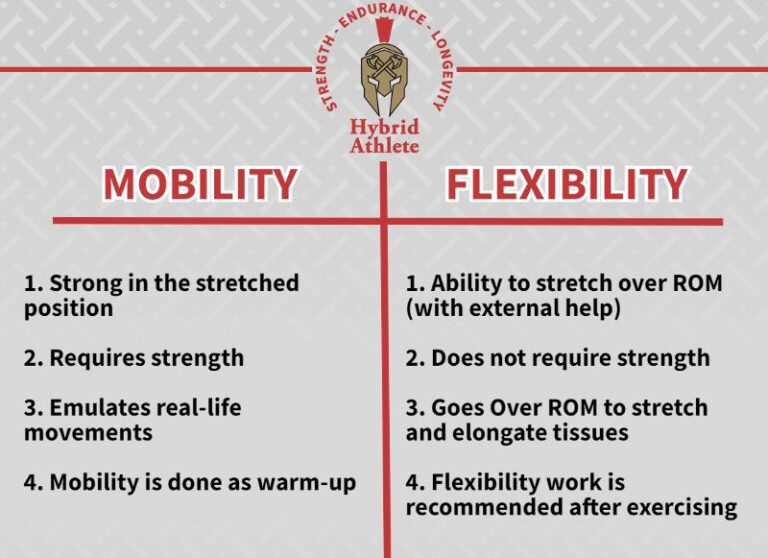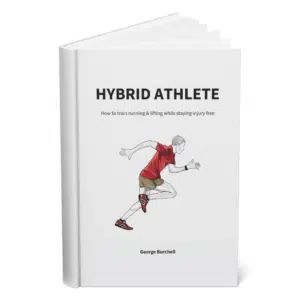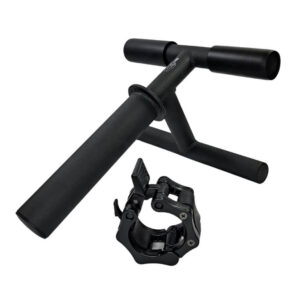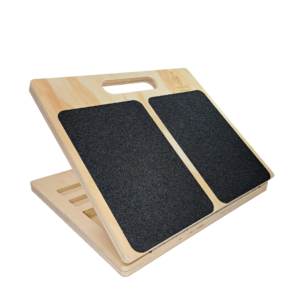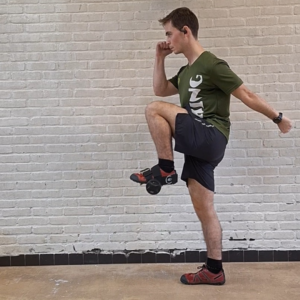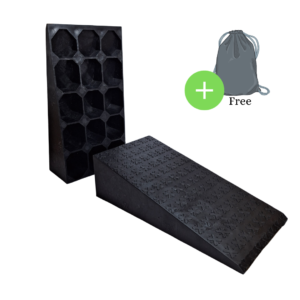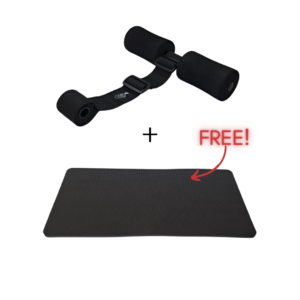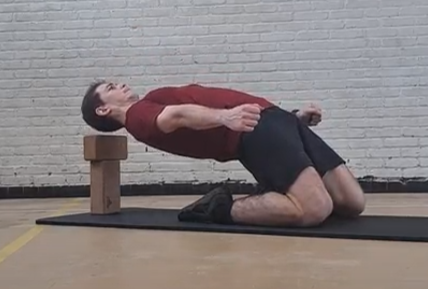
Table of Contents
If you ever went to any sort of gym, you must have heard someone talk about mobility and flexibility. Oftentimes, people will use these two terms interchangeably, and we’re not saying there’s no reason for that.
However, the facts are that mobility and flexibility, despite their overlap, are not the same thing. We think every athlete should know this as a part of their journey to become the best version of themselves.
And that’s exactly what we’re talking about – what are the key differences when it comes to mobility vs flexibility?
How Do We Define What Mobility Is?
Mobility plays a huge role in the life of a hybrid athlete, yes, but it doesn’t make it any less important for, well, everyone.
Simply put – being mobile means that you are strong in your stretched positions, aka strong in the range of motion (ROM) parts of the movements. This ranges from picking up your laundry to doing an overhead squat. Being mobile means that you have control over your movements in full ROM. And this mostly includes muscles (of course), but more importantly – the joints.
You can read about mobility vs strength HERE.
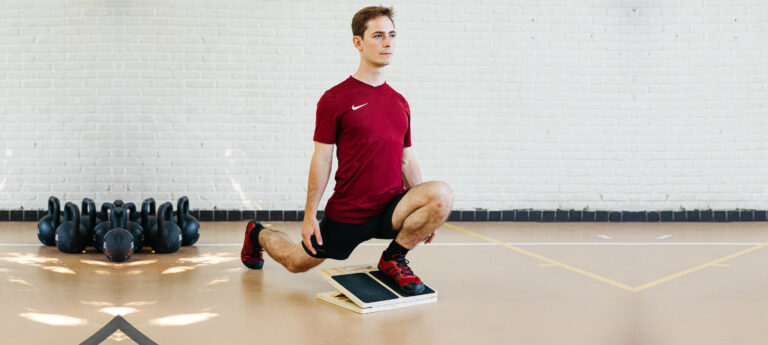
What affects mobility
Mobility consists of multiple factors, with the most prevalent being:
- Age – mobility declines with age, with natural peaks in young prepubescent age
- Body mass – more tissue to move means more difficulty with movement fat OR muscle (insert bodybuilders can’t scratch their backs joke here)
- Joint structure (genetics) – since mobility is about joints, how they’re built plays a big role
- Daily habits – sedentary lifestyle or manual labor with repetitive movements greatly impact mobility
- Mobility exercises – to counteract all of the above, nothing beats a solid mobility routine
What Is Flexibility Then?
Now, if mobility is about joints (and muscles supporting them), flexibility is more about the connective tissues and how much they can elongate.
In other terms, mobility work you do on your own, but for flexibility – you need external help (a partner, some weights, or resistance bands). The extra help is not to help you load the muscles, ligaments, and tendons. It’s there to help you elongate them and get that extra stretch.
On top of that, flexibility is all about holding in the stretched position. But, these positions are not always “natural”. Because we can’t push our muscles to elongate significantly, we can work on the tendons and ligaments that surround them.
Think knees-over-toes squats vs yoga. Both are good for your joints. The former will exercise strength in the stretched position, simulating real-life movement. The latter, however, will stretch out your connective tissues to limits you wouldn’t naturally go.
What affects flexibility?
The factors that shape your body’s flexibility are similar to the ones that affect mobility:
- Age – we tend to get less flexible right after young childhood
- Hormones – females tend to be more flexible (aka elastic) due to different hormones that affect connective tissue elasticity
- Previous injuries – scar tissue around muscles, ligaments, and/or tendons can permanently affect their flexibility
- Flexibility exercises – flexibility is one of those “use it or lose it” concepts
Can Self-Myofascial Release (Foam Rolling) Help With Mobility and/or Flexibility?
Self-myofascial release, aka SMR, aka foam rolling in the athletic world can and will help you with both mobility and flexibility, no two ways about it.
The spikes from the rollers help with two things, both of which can greatly affect mobility AND flexibility:
- They help with breaking up the myofascial adhesions (knots) by promoting blood flow.
- The pressure from the roller inhibits the muscle spindles, helping the tissues relax and elongate
So, the answer is a sound yes – foam rolling can and will help you both with mobility and flexibility. Especially if done consistently.
Mobility vs Flexibility - What are the main differences?
Let’s put mobility and flexibility side by side:
Mobility vs Flexibility for Athletes - The Verdict
Ultimately, despite the differences, mobility and flexibility are way more complimentary than contradictory. Both help you avoid injuries and make up for a sedentary lifestyle. Both are good for your joints and connective tissues and ultimately – they enhance each other.
Mobility work is an essential tool for any athlete out there, and flexibility work can and will help you with mobility.
At the end of the day, the main takeaway is to not think about the muscles only, but dedicate time to your joints, ligaments, tendons, and fascia too.
Start your injury-prevention journey with the right gear:
Above all, a storyteller. Then comes marketing, branding, writing music, powerlifting, and woodworking.

